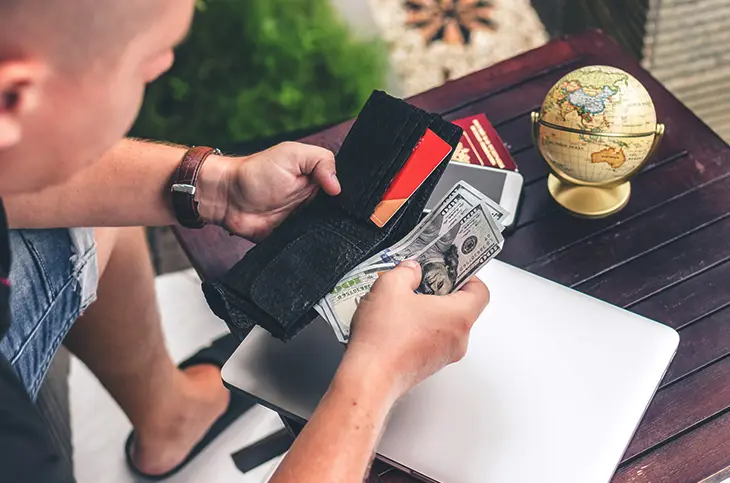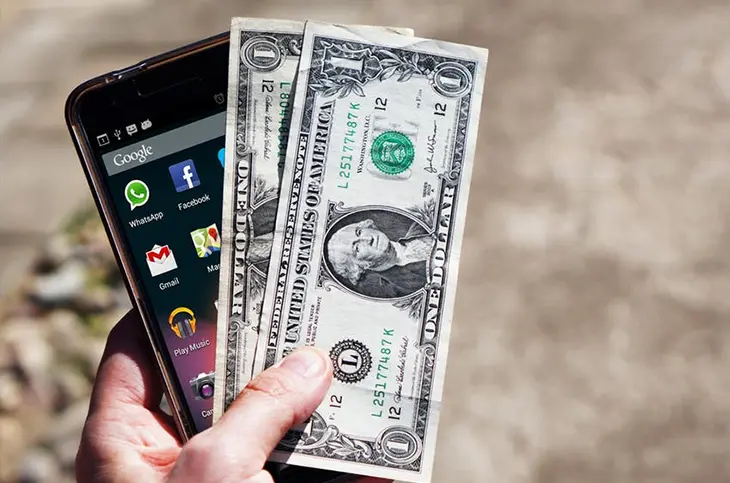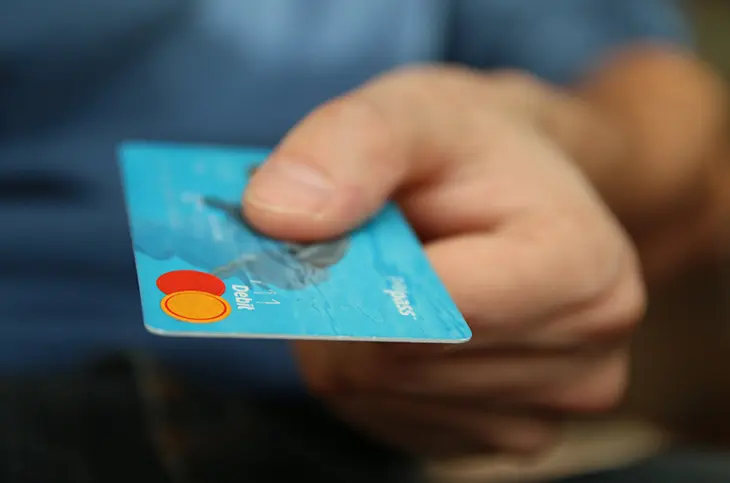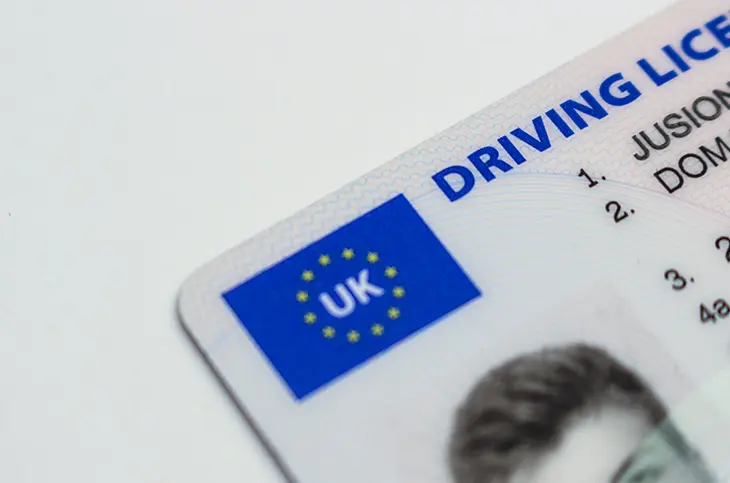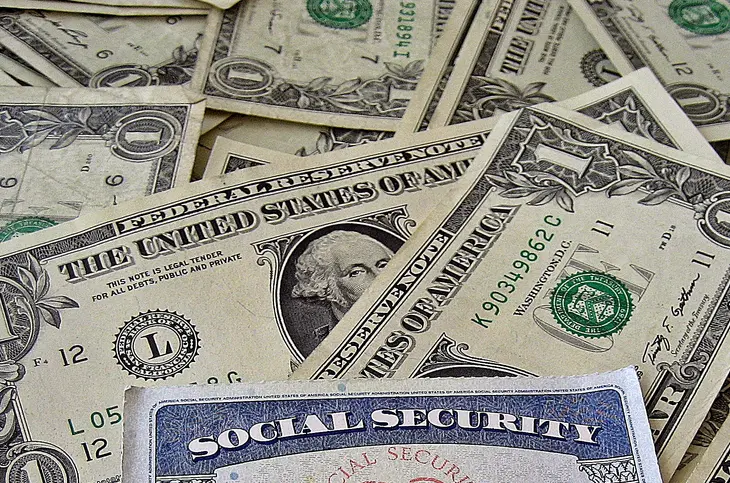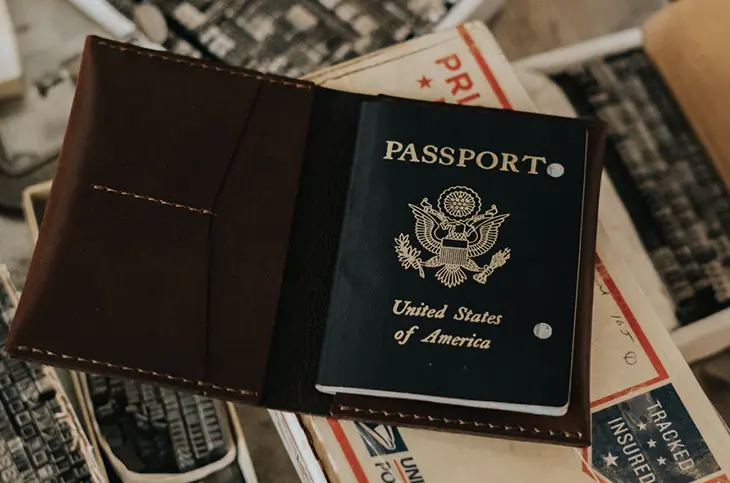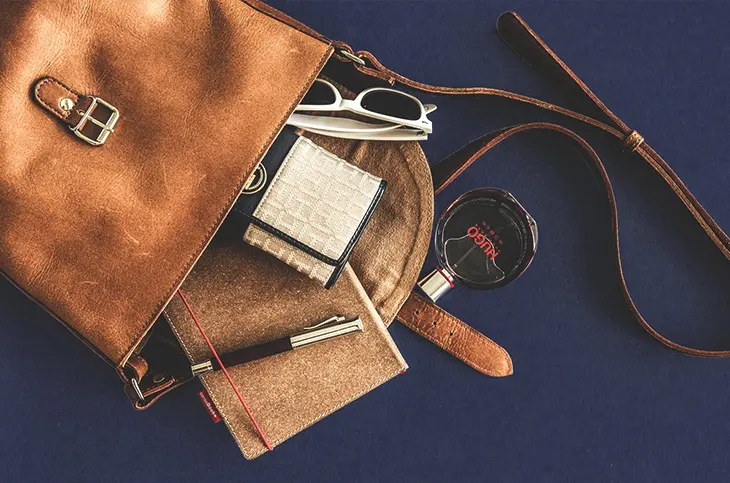This is a Guest Post from MoneyPantry.com, a money blog covering 100s of ways to earn and save extra money.
Lost wallets and purses are common. In fact, the average American spends 2.5 days a year looking for lost items. So, chances are, if you haven’t lost your wallet yet, someday you will. If that time is now, take a breath. Don’t panic. If you follow the below steps right away, you will increase your odds of minimizing your losses.
In this guide... [hide]
- 1. Act Now
- 2. It’s Lost, for Real
- 3. Oh, NO! Not Your Phone!
- 4. Covering Your Cards
- 5. Reporting the Loss
- 6. Protecting Yourself from Fraud
- 7. Driver’s License & State ID
- 8. Protecting Your Identity
- 9. Green Card Gone
- 10. Lost or Stolen Passports
- 11. Lost Birth Certificate
- 12. Health & Auto Insurance Cards
- 13. Other Items
- Tips for Keeping Everything Straight
- Your Turn
1. Act Now
Are you sure it’s lost?
Best-case scenario – you find your wallet intact. Worst-case scenario – your identity is stolen! That’s why it is important to act ASAP if your wallet or purse is lost or stolen. First, you need to make sure you have in fact lost it. Is it somewhere you haven’t looked? Did you leave it in a restaurant restroom or at the mall? Call recently visited places, like the gas station, post office or grocery store, and check to see if it has been found. Be sure it is really lost and not just hiding somewhere in plain sight or tucked away in a lost-and-found bin.
2. It’s Lost, for Real
What’s next?
After retracing your steps and searching every nook and cranny, it is time to take inventory of what you know you have lost. Make a list of all the missing items. Here is a detailed list of important items that may have been in your lost purse or wallet:
- Driver’s license
- Military ID card
- Social Security card
- Medicare or Medicaid card
- Credit cards
- ATM, debit cards and bank cards
- Personal checks
- Vehicle registration papers
- Health insurance, prescription and dental benefit cards
- Professional licenses
- Employee and student ID cards
- Green cards or immigration papers
- Passport
- Bills and statements
- Birth certificate
- Club and discount cards
- AAA or other auto insurance card
- Library card
3. Oh, NO! Not Your Phone!
How do you protect the info on your missing smartphone?
Was your cell phone, tablet or laptop with your wallet or in your purse? You should treat the loss of a smartphone, tablet or laptop as seriously as the loss of a wallet or purse. If so, think of the compromising info you could have also lost:
- Any numbers, passwords or codes
- Addresses, phone numbers, email addresses and birthdates of contact
- Company proprietary information or intellectual property
Cancel your services with your cell phone provider and report your phone missing. Take inventory of the information stored on your device that can now be accessed by strangers. This may include:
- Your bank and credit card accounts
- Online Purchases
- Digital wallets
- Subscription accounts
- Reward clubs
Secure all of these accounts by changing your passwords and other security settings. If possible, have your cell phone provider “wipe” your phone and delete all the info on it remotely.
4. Covering Your Cards
How do you prevent credit/debit card theft?
For ATM and debit cards, contact the banks immediately and put a freeze on the accounts. Ask to open a new account with a new number. You will more than likely need to go directly to the local branch and speak face-to-face with a bank manager. Add completely new, different passwords to all your accounts.
If you lost credit cards or copies of bills, contact the card issuers and report the cards lost or stolen. Be sure to request replacement cards with new account numbers. Be sure to monitor your mail, check bills and review transactions for evidence of any theft. Report any problems to the appropriate credit card company immediately.
Don’t forget your checking account!
If you lost your checkbook with your wallet or purse, visit your bank immediately ask them to void any unissued checks. They can create you a new checking account, help you order new checks and stop any check fraud.
5. Reporting the Loss
How do you file a police report?
Now that you’ve protected your bank accounts and credit cards, you need to report the theft or loss to your local police. Many police departments have online forms for reporting losses and thefts. But, you may have to visit the station in person. Give them the list of lost items you created in step one. Request a copy of the report because you may need it later. Consider gathering the following from the police officer as well:
- Business card or the name of the officer who took the report,
- Report number and
- A phone number to call if you have additional questions.
6. Protecting Yourself from Fraud
How do you set fraud alerts?
Fraud alerts are a great way to keep a watchful eye on your accounts. Contact the three major credit reporting agencies via their “Report Fraud” telephone numbers:
- Equifax at (800) 525-6285
- Experian at (888) 397-3742
- TransUnion at (800) 680-7289
You will reach an automated system that allows you to provide your phone number. Leave your home or cell phone number for a return call. As a potential victim of identity theft, you can ask for a fraud alert and free report when you receive a callback.
The credit report agencies are required to provide you with a free credit report when you place a fraud alert. Use the report to check for any pending credit applications and make sure all your information is correct. Your credit report acts as a baseline for the fraud alert and can be used to spot any suspicious activity.
7. Driver’s License & State ID
How do you replace lost ones?
Every state has a branch of government that issues like driver’s licenses and state identification cards. This branch is usually referred to as the Department of Motor Vehicles (also known as the dreaded DMV). But, the department can also be named something similar.
You will need to visit your state’s agency and place a stolen/lost card warning on your file. You also need to request a replacement ID or license. This process varies state by state. Most states require an in-person visit and:
- An original document proving your written signature,
- Credit card
- Court order
- An official state ID card or driver’s license
- An original document proving your date of birth,
- Birth certificate
- Passport
- High school transcript
- An original document proving your Social Security number,
- Social Security card
- Driver’s license record
- Military service record
- An original document proving your state residency,
- Bank statement
- Credit report
- Utility bills
- Payment for the replacement fee.
If someone fraudulently uses your license or ID, you can (and should) request a new number.
What about Military ID Cards?
You need to notify the personnel support detachment (PSD) and your immediate chain of command up to the commanding officer if your (or a dependent’s) military ID is lost or stolen. They will help you apply for a new card and receive a replacement.
8. Protecting Your Identity
How do you replace your SS card and defend your number against fraud?
While replacing a Social Security card can be challenging, it is not impossible. You will more than likely need to have your license or ID card on-hand before trying to get a replacement SS card.
Replacing your SS card online
If you have an official license or ID, you may be able to apply for a replacement Social Security card online. You can create and use your My Social Security Account to apply for a replacement SS card online if you:
- Are a U.S. citizen age 18 or older
- Have a valid U.S. mailing address
- Are NOT requesting any changes to your card and
- Have a driver’s license or a state-issued ID from one of the following states:
- Arizona
- Arkansas
- California
- Delaware (driver’s license only)
- District of Columbia
- Florida
- Idaho
- Illinois
- Indiana
- Iowa
- Kentucky
- Maine
- Maryland
- Massachusetts
- Michigan
- Mississippi
- Nebraska
- North Dakota
- New Mexico
- Pennsylvania
- South Dakota
- Texas
- Virginia
- Washington or
- Wisconsin (driver’s license only).
Replacing your SS Card in person
If you don’t meet the above criteria, you will need to find and visit your local Social Security Office. When there, you must present original documents or certified copies of the following.
- Your birth certificate.
- If one exists, you must submit it. If not, the office may accept:
- A religious record made before the age of 5 showing your date of birth
- U.S. hospital record of your birth or
- U.S. passport.
- If one exists, you must submit it. If not, the office may accept:
- Proof of identity.
- Only the following unexpired documents will be accepted:
- U.S. driver’s license
- State-issued non-driver identification card or
- U.S. passport.
- If you do not have one of the above documents and cannot get a replacement within 10 days, you may use one of the following documents:
- Employee identification card
- School identification card
- Health insurance card (not a Medicare card) or
- U.S. military identification card.
- Only the following unexpired documents will be accepted:
- Proof of citizenship.
- Few documents can be used as proof of U.S. citizenship:
- U.S. birth certificate or
- U.S. passport.
- Few documents can be used as proof of U.S. citizenship:
No photocopies will be accepted. You may use one document for two purposes. For example, you may use your U.S. passport as proof of both citizenship and identity. But, you must provide at least two separate documents when requesting a replacement card.
Obtaining your SS statement
Experts suggest that people who have lost an SS card get a copy of their Social Security Statement in January of every year. The Statement will show you the payments entered into your account over time. If someone uses your SS number to get a job, this statement will let you know.
You can download it for free online at socialsecurity.gov/myaccount or request a copy by calling 1-800-772-1213. (Be sure you are requesting the free Social Security Statement. There is a fee for accessing your Social Security Earnings Statement, and you do not need this more detailed report.)
Check the earnings section of your report against your yearly W2s. If anything is amiss, file a police report for employment fraud or identity theft. You can also report Social Security fraud at 1-800-269-0271.
9. Green Card Gone
How do you obtain your replacement card?
If you lost your green card or immigration papers, contact both the U.S. Citizenship & Immigration Services (USCIS) and your country’s embassy. You may begin the application process for a replacement green card by filing a Form I-90 – Application to Replace Permanent Resident Card – either online or by mail.
10. Lost or Stolen Passports
How do you report your loss and replace your passport?
It is important to report your passport lost or stolen right away to prevent identity theft. You can do so in one of three ways:
- Online
- By mail
- Complete, sign and mail Form DS-64 to the address on the form.
- By phone
- Call 1-877-487-2778 (TTY 1-888-874-7793. Please note you will still need to submit a Form DS-64.
To replace a lost or stolen passport, you must submit Form DS-11 in person at a passport agency.
11. Lost Birth Certificate
Why are you carrying this around, to begin with?
Your birth certificate is not easy to replace. It is an important document that is rarely used. Keep it stashed away somewhere safe. Do not carry it with you. But, if you already lost your birth certificate, this advice is coming a bit too late. You will need to contact the recorder’s office in the county of your birth. The process varies by county. You may need to mail in forms and/or documents or visit the office in person. Make sure you are able to prove your identity, Social Security number and citizenship before trying to replace your birth certificate.
12. Health & Auto Insurance Cards
How do you protect your insurance coverage?
Notify the medical or auto insurance carrier as soon as possible. Strangers can use this information to commit insurance fraud. Prevent someone from using your insurance in the event of an accident by requesting a replacement policy number and not just a replacement card.
13. Other Items
What else do you need to do?
You’re almost done protecting yourself from theft and additional loss. Be sure to wrap up any loose ends:
- Discount or annual passes
- Notify the issuing business and see if they have a replacement policy.
- Library and video store cards
- Contact the library or store and close your account before opening a new one.
- All other membership or identification cards
- Contact the issuing company, school or employer.
- Notify them of the loss and request a replacement card with a new account number.
- Renewable long distance calling cards
- Contact the company and request that they transfer any remaining minutes to another card with a new account number.
- Close the account to the card.
Tips for Keeping Everything Straight
There are a few things you can do to make the process of replacing these items go smoothly:
- Keep a log of conversations.
- Save receipts for expenses.
- Request written verification that accounts have been closed.
- Send correspondence by certified mail with return receipt requested.
- Save all letters and documents you send and receive.
- Ask to speak with a fraud investigator and not a customer-service representative if possible.
- Add unique, individual passwords to bank, utility and credit accounts.
- A strong password should be more than 8 characters in length and contain both capital letters, numbers and non-alphabetical characters.
- Do not use real words in your passwords. This makes them easier to guess.
In the end, losing your wallet or purse is not the end of the world. Act quickly, take the above steps and, hopefully, with some monitoring everything will be fine.
Your Turn
Have you lost your purse or wallet? Do you have any tips and tricks you learned when securing your replacement cards and protecting your accounts? If so, please let us know in the comments below.
Like this article? Pin it!

